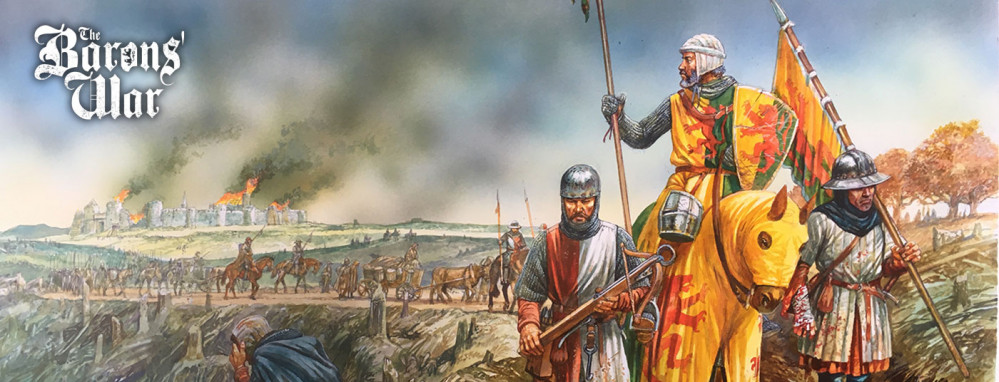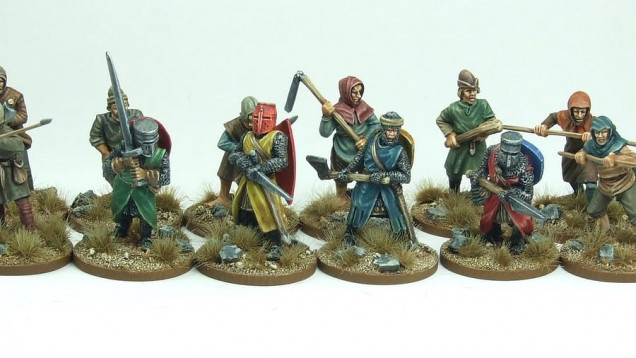
PanzerKaput Goes To Barons' War
Battles of Magna Carta, Part One
1214: THE BATTLE OF BOUVINES.
The Battle of Bouvines, near Lille, took place on 27 July. King Philip II defeated the Holy Roman Emperor, Otto IV, conquering Flanders and the Angevin territories in France, and recovering lands once ruled by King John. No English forces were involved. John was Otto’s uncle, and the decisive defeat led to the English Barons gaining the confidence to confront the king and make him grant the Great Charter.
1215: THE SIEGE OF NORTHAMPTON CASTLE.
Northampton marked the beginning of the Barons’ Wars, but the rebels failed to capture the castle. It was the first of three sieges. King John was fond of the castle, and visited it over 30 times, but later gave it up along with three others in granting Magna Carta. In 1164, it was the site of the trial of Thomas à Becket. Early Parliaments were held there until 1331.
1215: THE SIEGE OF NORHAM CASTLE
Norham Castle was a mighty English stronghold on a rocky outcrop on the south bank of the River Tweed. Now a ruin, it was built by Bishop Flambard of Durham in 1121, and being just half the river’s width away from the English and Scottish border, earned it the title of ‘the most dangerous place in England’. King John strengthened the castle from 1208 to 1212, and this helped it withstand a 40-day siege by Alexander II of Scotland, who had invaded northern England in support of the rebels in 1215.
1215: THE SIEGE OF ROCHESTER CASTLE
In 1215, Rochester Castle was garrisoned by rebel barons, and endured an epic siege by King John. Having undermined the outer wall, John used the fat of 40 pigs to fire a mine under the keep, bringing its southern corner crashing down. The defenders held on, until they were eventually starved out after resisting for two months. The soldiers were put to the sword. The high elegant towers of Rochester Castle stand as a testimony to its history of destruction and rebuild.





























![How To Paint Moonstone’s Nanny | Goblin King Games [7 Days Early Access]](https://images.beastsofwar.com/2024/12/3CU-Gobin-King-Games-Moonstone-Shades-Nanny-coverimage-225-127.jpg)











































Leave a Reply